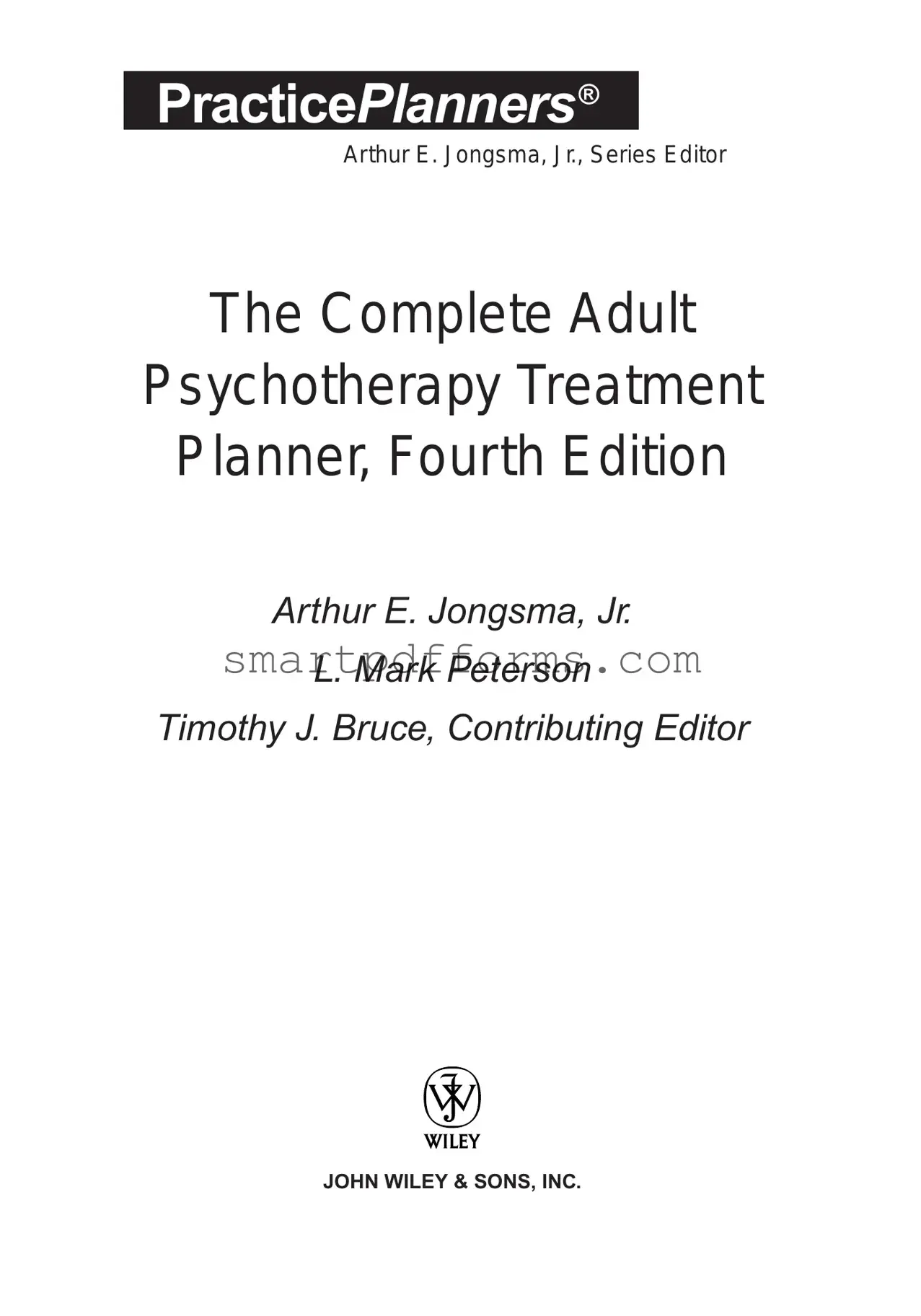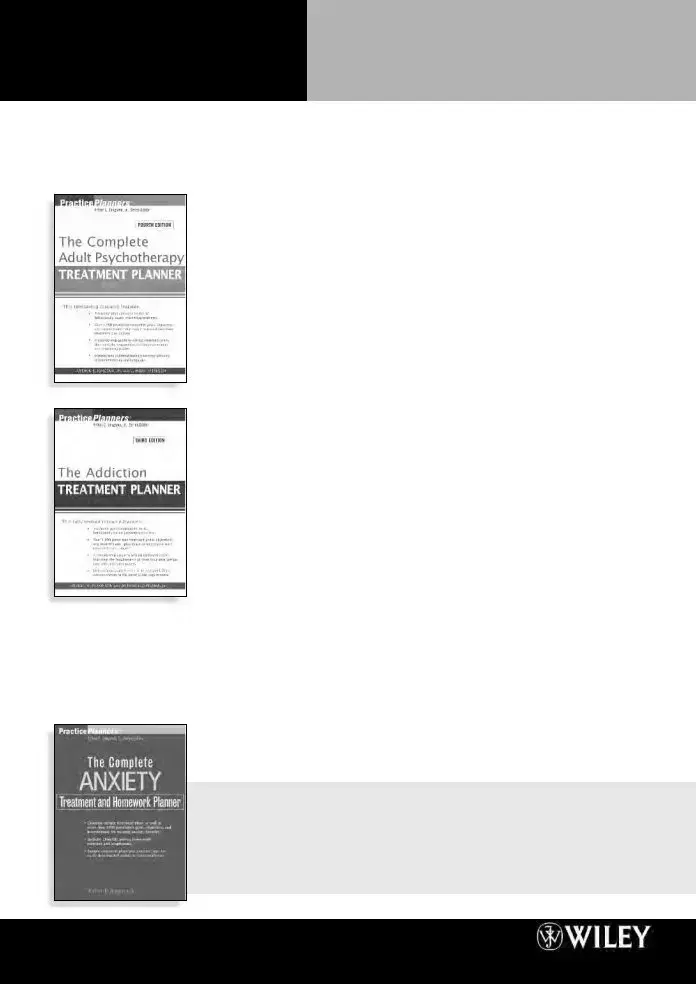In the realm of mental health and therapy, the significance of structured treatment planning cannot be overstated. Central to this process is the utilization of the Treatment Planner series, a comprehensive tool developed to assist therapists in crafting meticulously detailed treatment plans for a wide array of client needs. The series, led by Arthur E. Jongsma, Jr. as the series editor, encompasses a vast spectrum of editions targeted at different segments, including adults, adolescents, children, couples, and families among others. Each edition of the Treatment Planner facilitates the identification of specific problems, setting long-term goals, establishing short-term objectives, choosing therapeutic interventions, and associating DSM-IV diagnoses with those issues. These planners play an instrumental role in enabling therapists to provide the most effective and tailored treatment for clients dealing with a myriad of psychological challenges, ranging from addiction and mental retardation to severe mental illnesses and crisis situations. Furthermore, the suite of planners has expanded to address the needs within specialized therapy realms such as psychotherapy for the gay and lesbian population, crisis counseling, and even pastoral counseling, demonstrating a commitment to inclusive and comprehensive mental health support. The meticulous construction of these planners underscores the importance of a systematic approach to mental health therapy, aiming to enrich the therapeutic process and, ultimately, improve client outcomes. As of now, with over half a million PracticePlanners® sold, the series' impact on mental health practices is unmistakable, providing a testament to its utility and effectiveness in aiding health professionals in their mission to help clients navigate and overcome their challenges.


